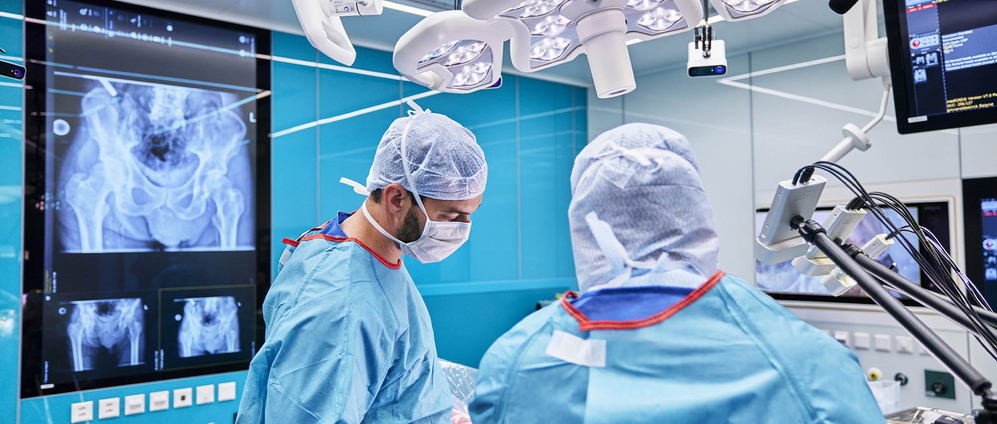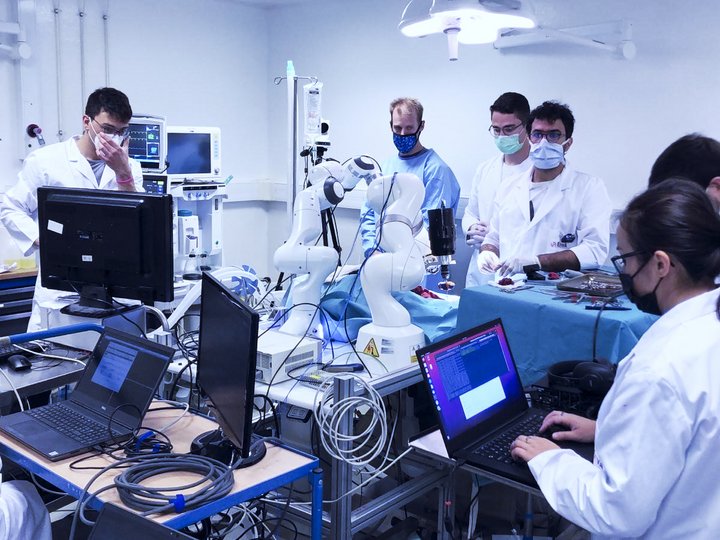How can robotic research in the lab be succesfully translated to the real surgery? The journey from laboratory-based robotic research to its seamless integration into real surgical settings is an intricate process that demands strategic planning, rigorous testing, and multidisciplinary collaboration. This complex translation process was exemplified by the FAROS project, which demonstrated how cutting-edge robotic innovations can be developed, tested, and brought closer to clinical application through structured translational research.

